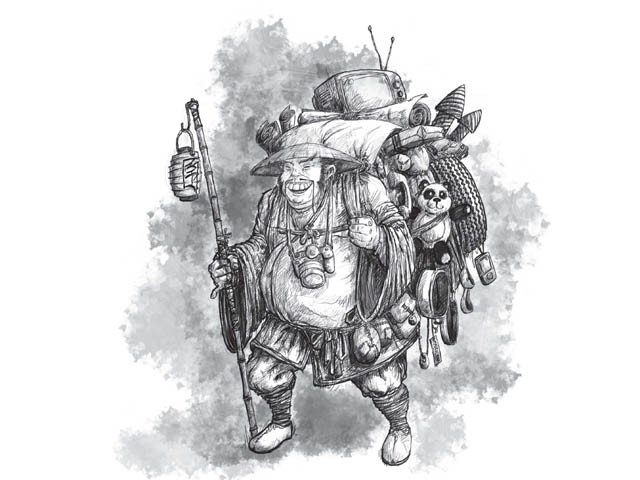
Pakistan and China signed a Free Trade Agreement (FTA) in November 2006, after which Chinese products flooded the local markets. While Pakistan imports about 1,000 items from its neighbour to the north, exports to the country stand at a dismal below-50 figure. Furthermore, between December 2006 and August 2010, we imported around $11.1 billion worth of goods from China. The value of our exports to China over the same period was only $0.25 billion.
Keeping in mind the imbalance between imports and exports, can one say that Pak-China trade reflects the mutual friendship and beneficial relationship that one hoped for through the FTA?
“I think our manufacturers have not explored the Chinese market properly, else they would have come up with products that cater to their needs,” says Dr Pervez Tahir, economist and former chief of the Planning Commission.
He believes the reason why our exports to China are pale in comparison to imports is because local manufacturers do not have the capacity to cater to the Chinese markets. “The Chinese also realise that the purchasing power of the average Pakistani buyer is limited,” adds Tahir.
Currently, imports from China include everything under the sun from turbo jets to onions, while exports are limited to mainly cotton, fish, leather, marble, fruits, sports goods, rice, raw hides and vegetables. Tahir says there is a dire need to expand this export list.
Not denying the fact that heavy imports from China through official and unofficial channels were affecting local industry, he pointed out that it is also a fact that the cost of local products is much higher than those offered by the Chinese.
Chairman Pak China Citizens Association Council Zahid Qamar gives the example of motorcycles to compare costs. While a Chinese 70cc bike costs between Rs38,000 and Rs45,000, other bikes range around Rs70,000. “When people see that there is such a massive price difference, they obviously opt for the cheaper product.”
Is cheaper always better?
Bike enthusiast Zoheb Ali says initially one does not feel there is much difference in terms of quality. “But over a period of time, the maintenance costs keeps piling up and there are frequent problems with certain parts – brake springs, for example,” he says.
Ajab Khan, a rickshaw driver, says the Chinese even tried their hand on three wheelers. “But the Chinese rickshaws were a huge flop and no one thought they were fit to be used on our roads,” says Khan even though the CNG rickshaw he drives is built in Pakistan with Chinese parts.
“I call it the Commando model because it is simply the best machine I have ever driven.” Khan adds that he is also able to save a lot of money because of its fuel efficiency.
Qamar says that instead of improving products and bringing prices down, local industrialists are only concerned about Chinese products cutting their profits. “They need to upgrade and learn from the Chinese technology if they are to compete,” he said, adding that he has been trying to import green electric bikes into Pakistan for many months, but his efforts are being blocked by the local motorcycle industry.
Economist Shaukat Hasan Siddiqi says that one must also understand why Pakistan is not producing quality exportable items to make money in the very competitive world market. “We have one of the lowest GDP growth rates in the world, our discount rate is the highest and the rupee has depreciated by 28 per cent over the past two years. Investors are wary because of the terrorism situation in the country and there has been a 65 per cent increase in electricity costs.” He questions how Pakistan could be expected to manufacture quality products under such conditions.
“There are massive wholesale markets and economic zones in Yiwu city, where one finds many Pakistani and Indian traders,” says Jahanzaib Alam, who works for a Pakistani company that actively trades with China. During the telephonic interview from Beijing he explains that the majority of traders from Pakistan buy their products from Guangdong province.
Under the table
Not all goods which come from China are documented. Unlike the company for which Alam works, which is registered and has a liaison office in China, many Pakistani traders get their merchandise tax-free. “Arrangements have been made with truck drivers to bring products to shops in Pakistan via routes where containers are neither checked nor taxed,” he said.
Alam reveals that there are also huge scrap markets in China, where malfunctioned products from factories are purchased. “Basically, the containers on which they come to Pakistan are called mixed containers and can contain almost any item from such markets in China,” he said.
There is no official figure on the value of goods that eneter the country through this illegal channel, but conservative estimates run into many billions of rupees. It is from similar channels that most goods land at markets such as the Gul Plaza in Karachi.
Tahir says that the responsibility of keeping a check on smuggling of goods into Pakistan lies with the government. “But when the administration, including the border forces such as the Frontier Corps and Constabulary, will be involved in the racket then the blame lies squarely with us and not the Chinese for the practice continuing unabated,” he said.
Meanwhile, Sajjad, who is buying cologne for just Rs600 at Gul Plaza, is quite happy with the existing situation. “From a customer’s point of view, I do not have anything against the influx of Chinese goods. As long as I get what I want at dirt cheap rates, I’m cool with everything.”
Published in The Express Tribune, October 11th, 2010.


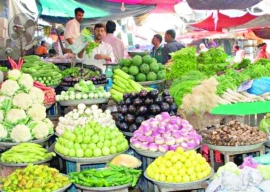
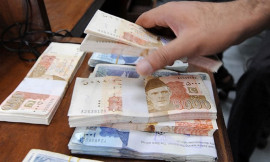
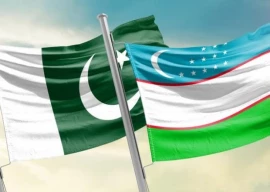
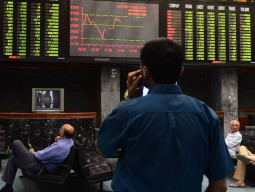











COMMENTS
Comments are moderated and generally will be posted if they are on-topic and not abusive.
For more information, please see our Comments FAQ